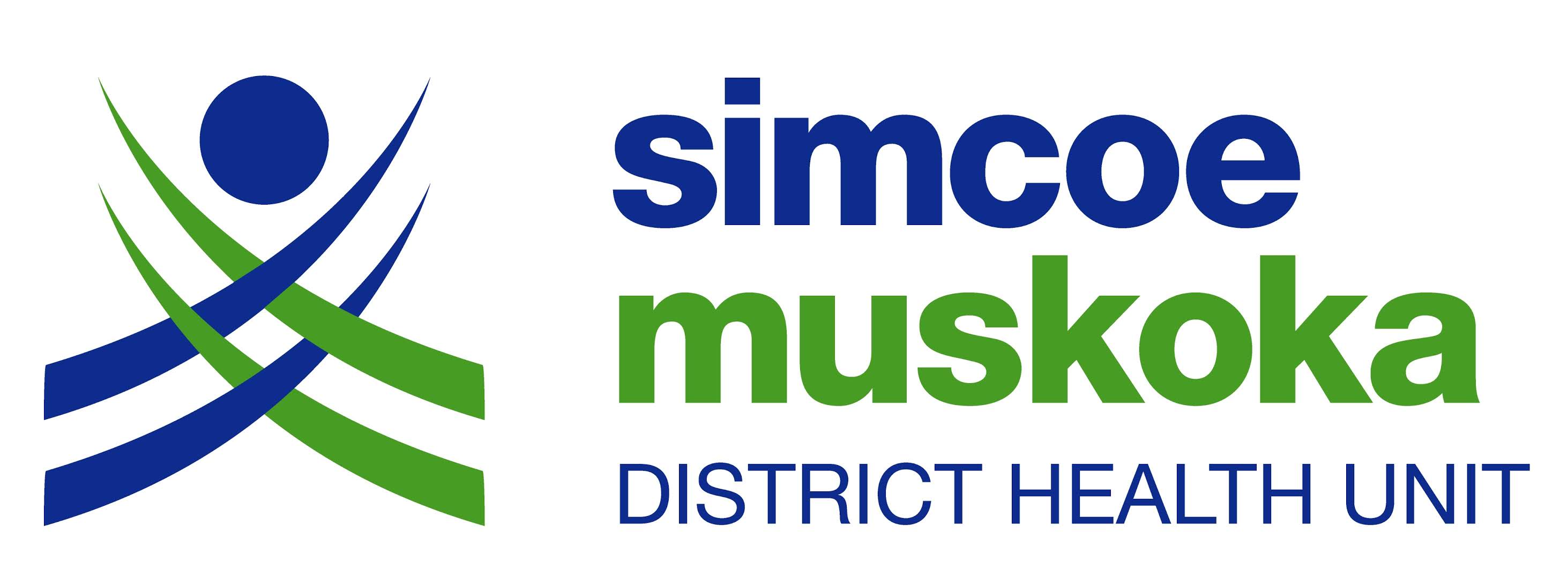In 2023, 31 per cent of households in Simcoe Muskoka experienced food insecurity.
That is according to new data from Public Health Ontario (PHO) Household Food Insecurity Snapshot (July 2024), which shows there is a significant increase from the rate of 19 per cent in 2022 and higher than the provincial rate of 24 per cent.
“When individuals and families experience food insecurity, it means they do not have enough food or regular access to food because of financial constraints,” says Vanessa Hurley, a Public Health Nutritionist with the Simcoe Muskoka District Health Unit (SMDHU). “The experience of food insecurity can range from having concerns about running out of food before there is money to buy more, to being unable to buy nutritious food, to going hungry and skipping meals. In severe cases, people may not eat for whole days because of a lack of money for food.”
Health officials say households living with food insecurity are at greater risk of experiencing mental health conditions, chronic diseases, and poor oral health, particularly among children, as they are most vulnerable. They add food insecurity also takes a serious toll on healthcare resources and spending.
“Addressing household food insecurity requires a community-wide approach to find solutions and guide actions to put more money in people’s pockets. Actions can be as simple as sending a letter to urge your political leaders to act on household food insecurity,” say health officials.





